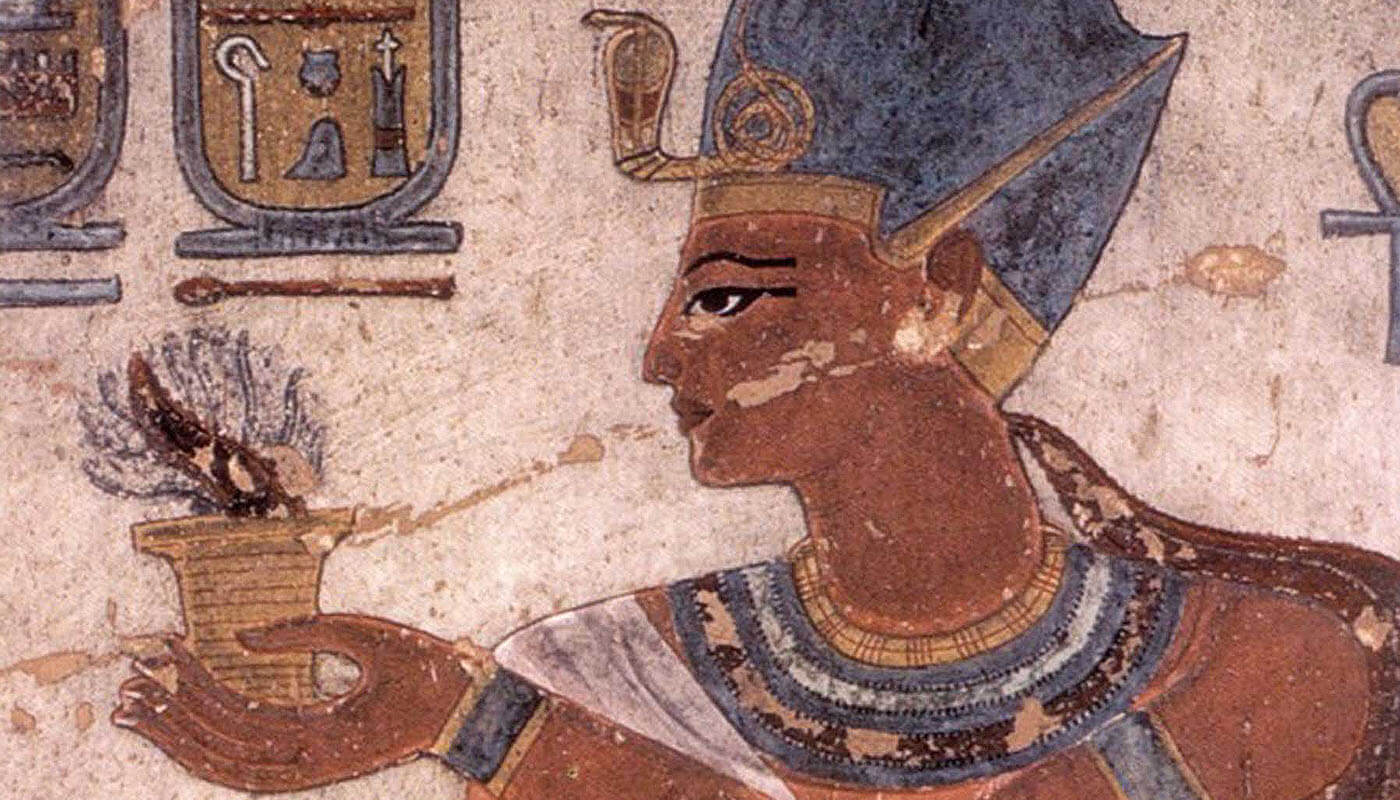Did Ramesses III die in a successful assassination attempt in a harem conspiracy instigated by his own wife? And, how did they punish one of the chief conspirators, his son Pentawer? Recent anthropological, forensic and genetic analyses conducted on 3000+ year-old mummies may provide the answers.
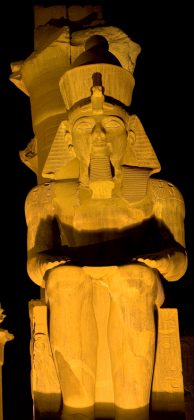
Ramesses III
Usimare Ramesses III was the second Pharaoh of the Twentieth Dynasty. He ruled Egypt for 31 years from 1186 – 1155 BC. Ramessess III had three known wives (Iset Ta-Hemdjert, Tyti and Tiye) and multiple children.
During his reign, constant war and severe famine plagued Egypt, which diminished the Egyptian political and economical power, leading to the eventual collapse of the Twentieth dynasty.
This political turmoil also played a key role in the assassination of Rameses III, instigated by one of his wives – Queen Tiye.
The harem conspiracy
Tiye was only a secondary wife to the Pharaoh. It was she who instigated a royal harem conspiracy in an attempt to gain the throne for her own son Pentawer.
The economic unrest of Egypt meant Tiye had no trouble enlisting a number of top officials, including the royal physician and court magician, to conjure black magic to help with her plot.
Ramesses III was to be the main target of the plot. The plan was to kill Ramesses III inside the harem, followed by a revolt outside.
While it appears that the conspirators were successful in the murder of the Pharaoh, they failed to eliminate his chosen successor and eldest son, Ramesses IV (the son of Queen Tyti).
Ramesses IV rightly took the throne, and the conspirators went to trial. Three separate trials are recorded in the Judicial Papyrus of Turin, and at least 38 people were either executed or given the opportunity to take their own lives.
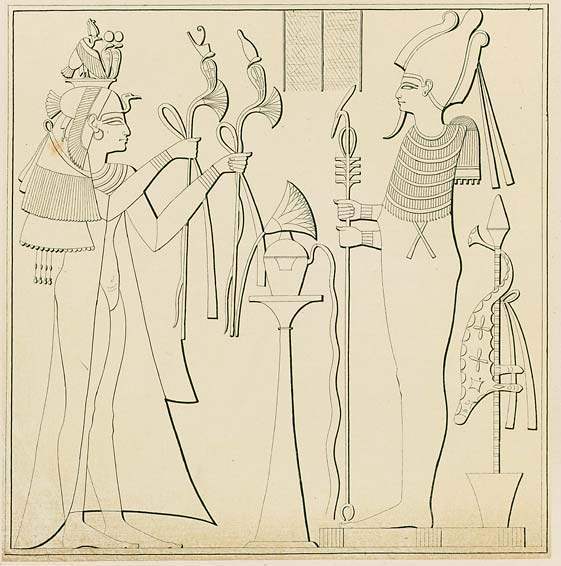
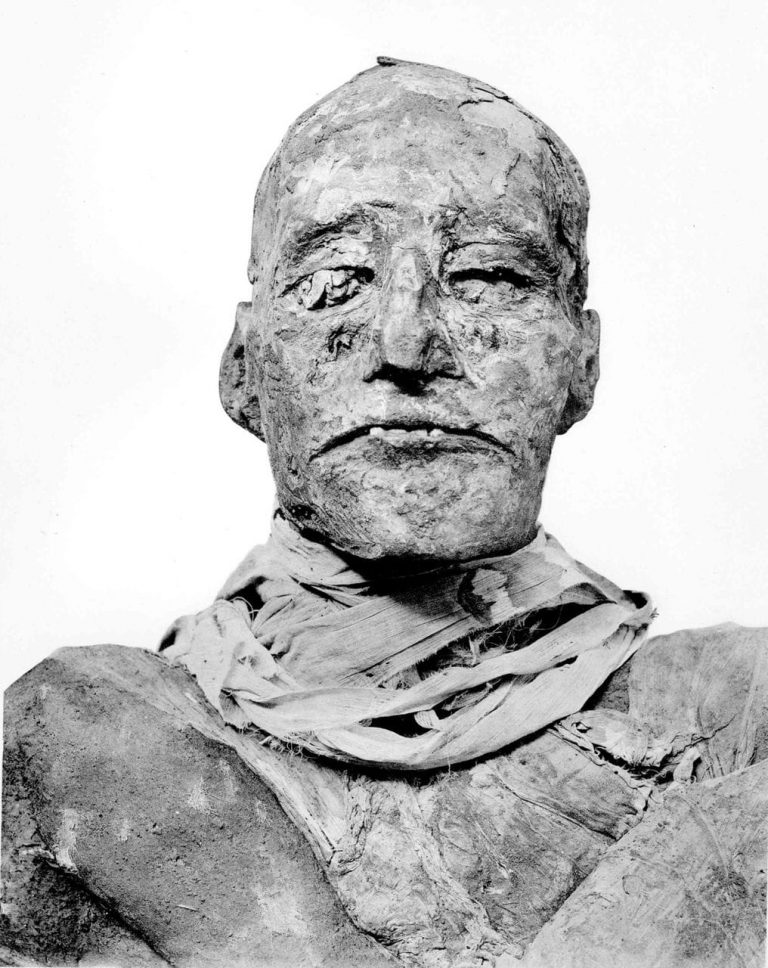
Analyzing the mummy of Ramesses III
Although the Judicial Papyrus of Turin clearly states that the coup failed, as the aim was to murder both Ramesses III and his chosen successor Ramesses IV, it is unclear when and how Ramesses III died. Did he die from his injuries that took place during the revolt? Or was the assassination attempt a complete success?
Scientists analyzed the mummies of Ramesses III and an unknown man from the royal cache at Deir el Bahari in 2011 to answer some of these questions. The documentary Ramesses: Mummy King Mystery highlights the anthropological, forensic, radiological and genetic methods utilized during the investigation.
A CT scan of the heavily bandaged neck of the mummy of Ramesses III revealed a deep, lethal wound to the throat. This suggests that Ramesses was murdered by cutting his throat, rather than with poison as has previously been suggested.
A Horus eye amulet, believed to have healing powers and provide protection, was enclosed in the wound.
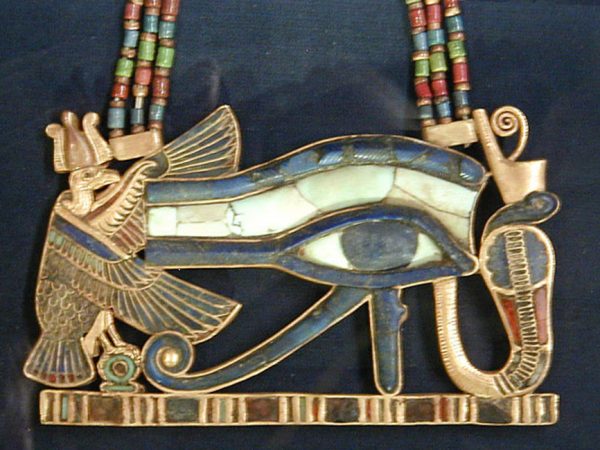
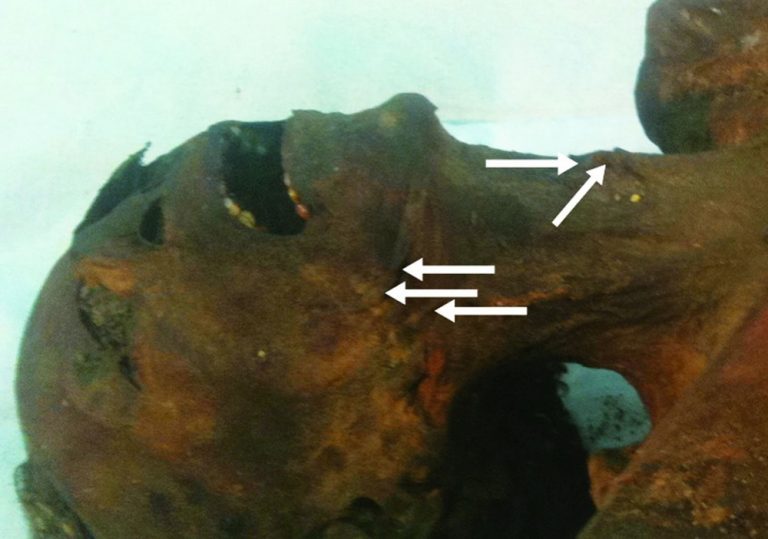
Mystery of the unknown mummy
The unknown mummy buried near Rameses III, who was he?
This mummy had undergone an unusual process of mummification. There was no evidence of removal of the organs, or any detection of embalming materials. As well, there were weird skin folds around the jaw and neck area, and gas formation in specific body parts.
These were all indicative of either death by suffocation, or possibly being buried alive.
The unknown mummy was also wrapped in goat skins, which were regarded as impure. It was possible that this second body belonged to Pentamer. His unconventional burial was the punishment for his involvement in the death of his father, Ramesses III.
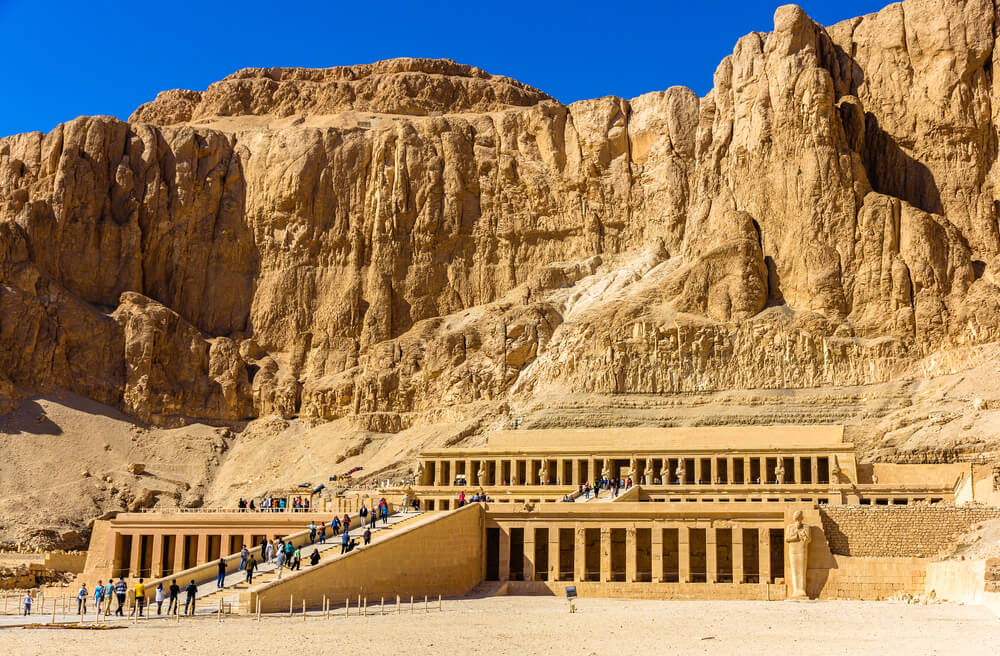
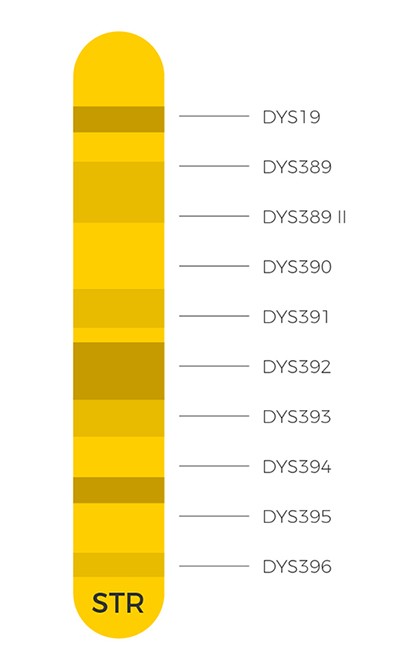
Genetic analyses of the mummy
DNA analyses are the best way to confirm father-son relationships. Researchers analyzed markers known as short tandem repeats (STRs) in the Y-DNA and autosomal DNA.
STRs are regions within our DNA that change at a fast rate and are useful for tracing close relationships. We inherit our autosomal DNA in equal amounts from each parent. Y-DNA on the other hand, is strictly paternally inherited from father to son.
The Y-DNA STR profile generated from the unknown mummy was identical to the profile generated from the mummy of Ramesses III – as expected for a father and son.
The analysis of autosomal STR markers also showed that the unknown mummy had at least one allele matching Ramesses III at each marker tested – as expected for a parent and child.
The identical Y-DNA profiles and autosomal half allele sharing strongly suggested a father-son relationship. This suggests the second unknown mummy may belong to Ramesses III’s son, Pentawer.
Based on the abnormalities on the second mummy, Pentawer was likely sentenced to death by suffocation or was buried alive. Given Pentawer’s primary role in the harem conspiracy, they are both completely feasible options.

The DNA tests from this study have defined the Y-DNA STR profile of Ramesses III and his traitorous son Pentawer. If you have taken the DNA Paternal Ancestry Test you can determine if you may have descended from the same paternal lineage as this famous Pharaoh.


